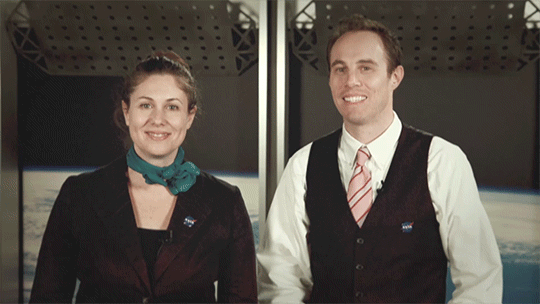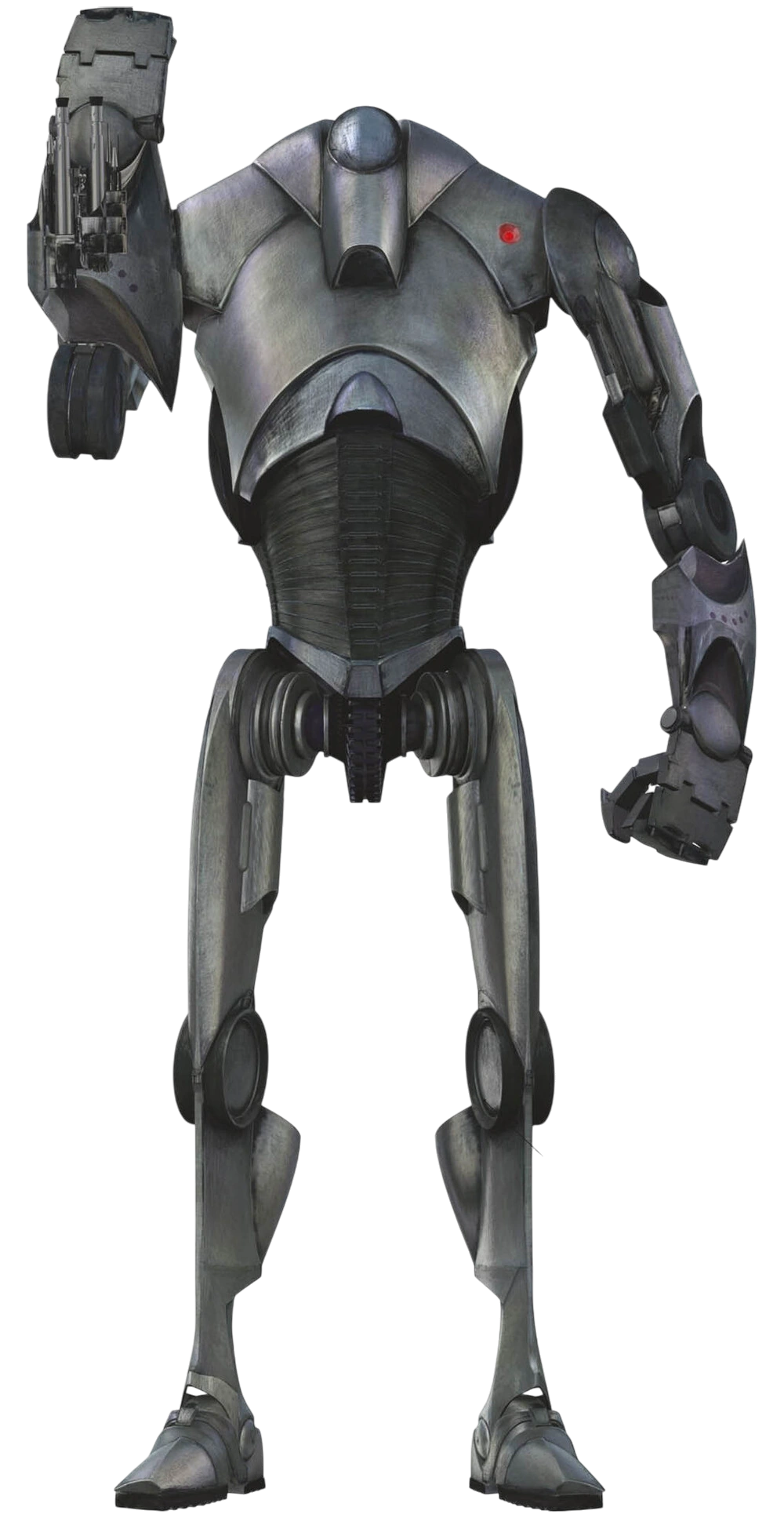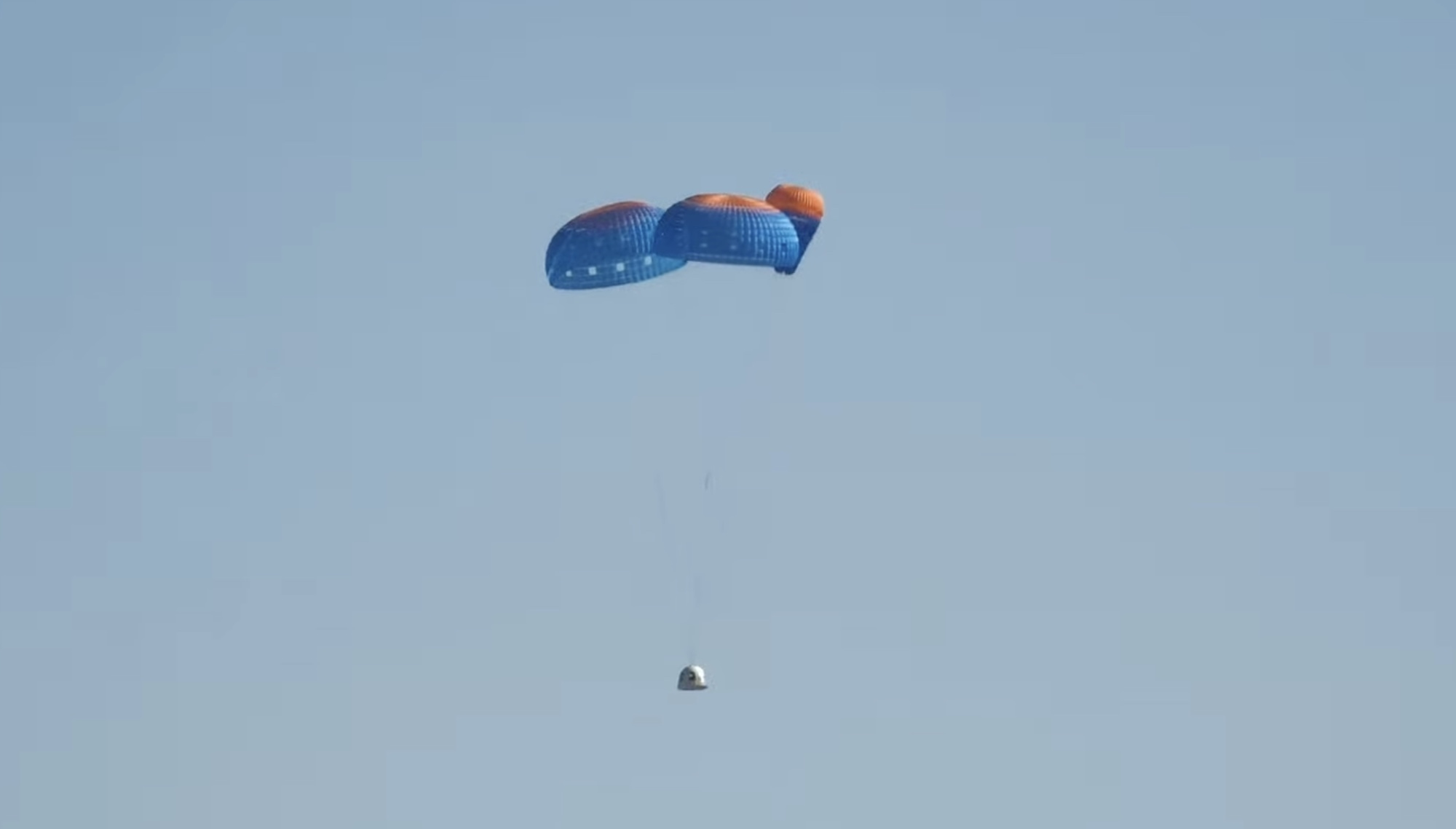On July 2, 2019, a total solar eclipse will pass over parts of Argentina and Chile.
Solar eclipses happen when the Moon passes directly between the Sun and Earth, casting its shadow onto Earth’s surface. Because the Moon’s orbit isn’t perfectly in line with the Sun and Earth, its shadow usually passes above or below Earth. But when it lines up just right, we get a solar eclipse!

People in the inner part of the Moon’s shadow — the umbra — have the chance to witness a total solar eclipse, while those in the outer part of the shadow — the penumbra — experience a partial solar eclipse.

The path of the total solar eclipse stretches across parts of Chile and Argentina. People outside this path may see a partial eclipse or no eclipse at all.
During a total solar eclipse, the Moon blocks out the Sun’s bright face, revealing its comparatively faint outer atmosphere, the corona. The corona is a dynamic region that is thought to hold the answers to questions about the fundamental physics of the Sun — like why the corona is so much hotter than the Sun’s surface and how the Sun’s constant outflow of material, the solar wind, is accelerated to such high speeds.

Image Credit: Miloslav Druckmüller, Peter Aniol, Shadia Habbal
Our Parker Solar Probe and the upcoming Solar Orbiter mission from the European Space Agency are exploring these questions by flying through the corona itself and taking unprecedented measurements of the conditions there. Plus, our newly-chosen PUNCH mission will create tiny, artificial eclipses in front of its cameras — using an instrument called a coronagraph — to study structures in the Sun’s corona and examine how it generates the solar wind.
Watching the eclipse
It’s never safe to look directly at the uneclipsed or partially eclipsed Sun – so you’ll need special solar viewing glasses or an indirect viewing method, like pinhole projection, to watch the eclipse.

For people in the path of totality, there will be a few brief moments when it is safe to look directly at the eclipse. Only once the Moon has completely covered the Sun and there is no sunlight shining is it safe to look at the eclipse. Make sure you put your eclipse glasses back on or return to indirect viewing before the first flash of sunlight appears around the Moon’s edge.
No matter where you are, you can watch the eclipse online! The Exploratorium will be streaming live views of the eclipse with commentary in both English and Spanish starting at 4 p.m. EDT / 1 p.m. PDT on July 2. Watch with us at nasa.gov/live!
Para más información e actualizaciones en español acerca del eclipse, sigue a @NASA_es en Twitter o vea esta hoja de hechos.
Make sure to follow us on Tumblr for your regular dose of space: http://nasa.tumblr.com.







